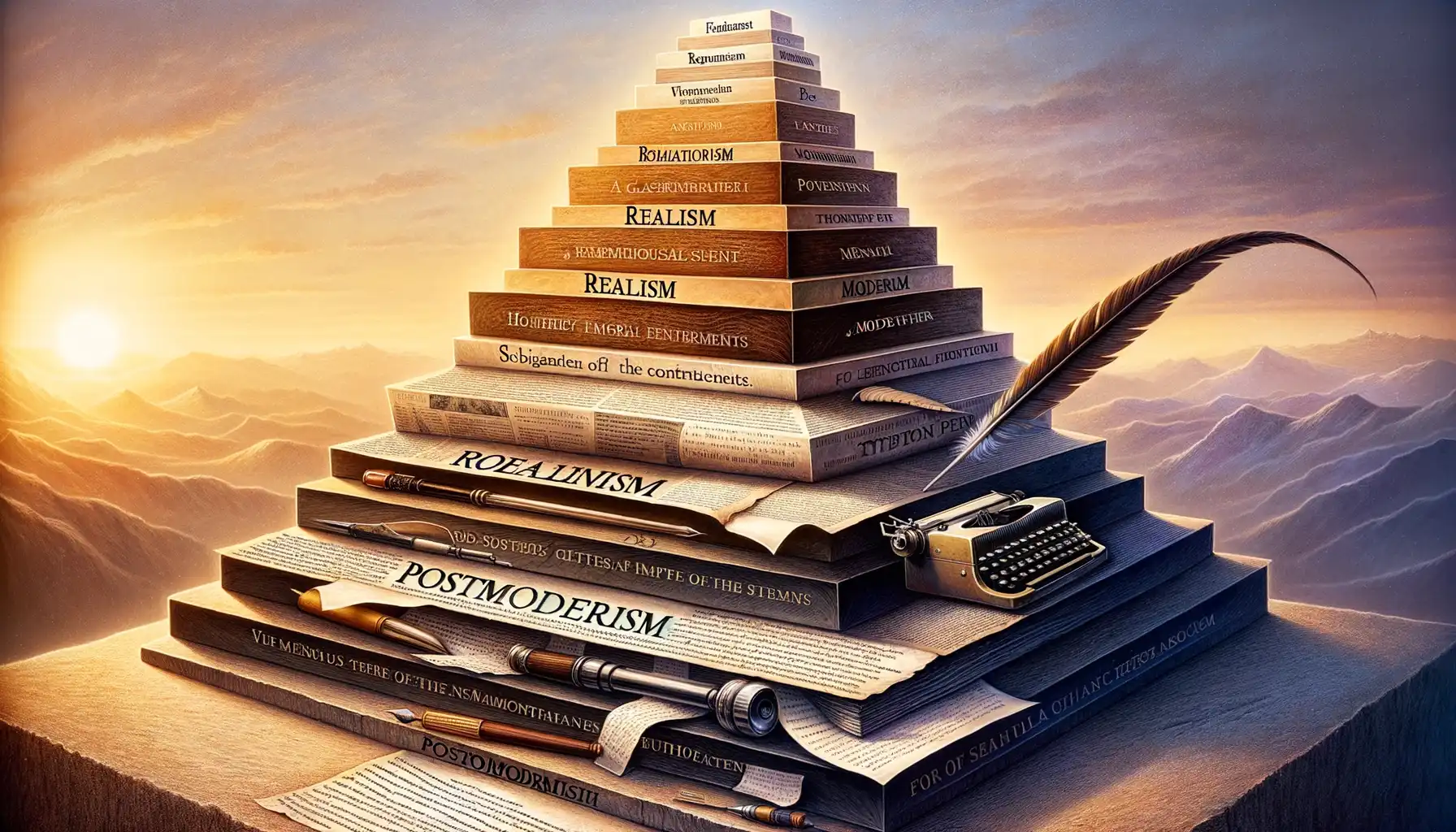Historical Significance of Coins in Religious Practices
The Timeless Bond Between Coins and Sacred Traditions
For centuries, coins have transcended their monetary value, becoming vessels of spiritual meaning in religious practices worldwide. Whether jingling in a devotee’s hand or gleaming on an altar, these small metal circles hold stories that connect the earthly to the divine. Think about it: how many times have you tossed a coin into a fountain while silently whispering a wish? That innate pull toward coins in sacred moments is no accident.
In ancient Greece, people buried coins with their loved ones, believing they served as payment for the ferryman Charon to cross into the afterlife. In temples of India, devotees still offer coins to deities as a token of gratitude and hope. It’s fascinating how something so seemingly mundane becomes a conduit for communicating with higher powers.
- Coins were blessed in medieval European churches before being used to cure illnesses.
- Romans cast coins into sacred springs, trusting their offerings would bring good fortune.
Every scratch and dent on an old coin whispers its journey—a reminder that faith, much like currency, evolves with time yet remains undeniably personal.
Symbolism Behind Using Coins in Rituals
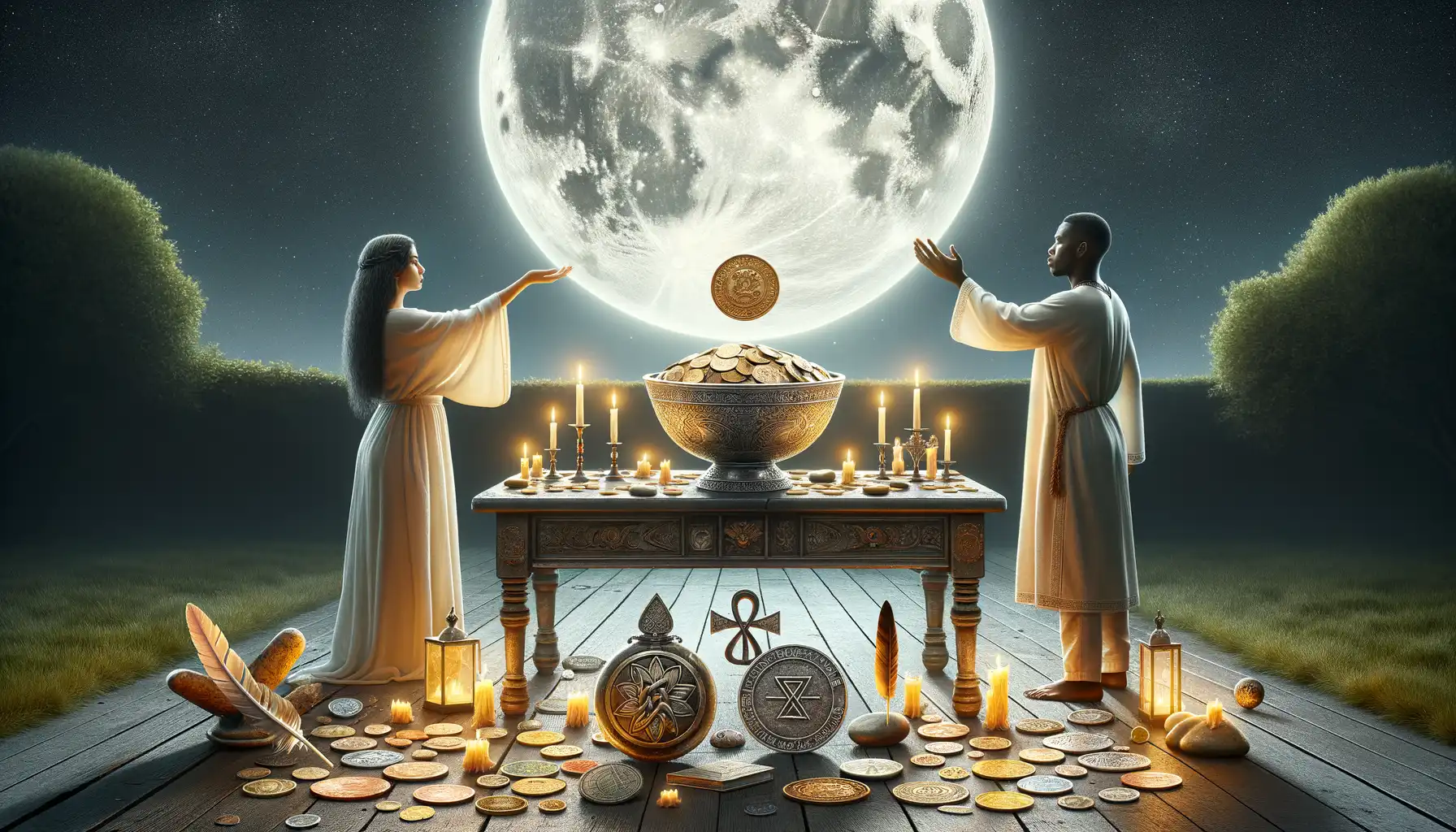
Coins as Carriers of Energy and Intention
Have you ever turned a coin over in your hand, feeling its cool weight and wondering about its story? Coins aren’t just shiny bits of metal—they’re silent witnesses to time, commerce, and connection. In rituals, they serve as powerful symbols, carrying energy, intention, and even hope. Think of them as tiny vessels, infused with the wishes of their giver.
When offered in rituals, coins often represent prosperity, gratitude, or a wish for protection. Why coins, you ask? It’s their universality. No matter where you go, coins symbolize value—a tangible expression of effort or sacrifice.
Embedded within the humble coin are layers of symbolism:
- Abundance or wealth: A single coin can speak to infinite potential, evoking the yearning for a bountiful life.
- Circulation: Coins are in constant motion, much like the cycle of giving and receiving that sustains spiritual and material realms.
- Unity: Metal forged into a circle reminds us of wholeness—an unbroken promise or eternal connection.
Coins don’t just lie there; they pulse with purpose. Whether tossed into a fountain or laid on an altar, they are whispers to the universe, encapsulating dreams in small, gleaming echoes.
Cultural Variations in Coin Offerings
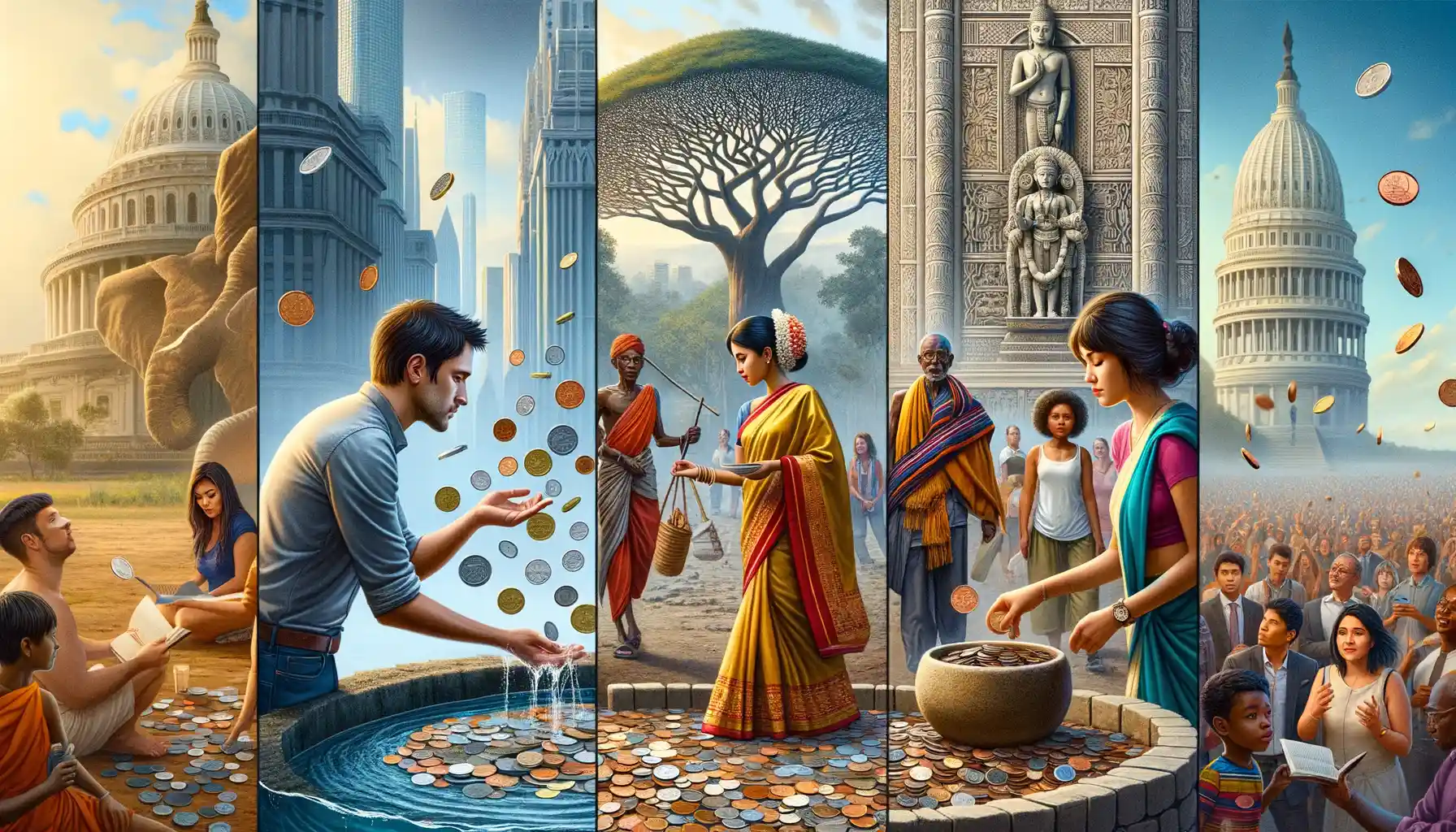
Coins as Messengers of Culture and Belief
Ever noticed how a simple coin can feel like a passport to someone’s spiritual world? Across the globe, cultures have infused their own stories and values into the act of offering coins. In Japan, visitors at Shinto shrines toss a five-yen coin into an offertory box, not just because it’s handy, but because the Japanese word for five yen—go-en—sounds like “good fortune” or “a blessed connection.” It’s a small, jingling wish for divine favor.
Meanwhile, in parts of India, coins are wrapped in red cloth, placed near sacred idols, and later distributed as prasada, or blessed offerings. These coins then circulate with a whisper of holiness, making their way into everyday life. So much weight in something so small!
- In Greece, coins are still tucked into bread during New Year celebrations, symbolizing prosperity awaiting discovery.
- Norwegian folklore sees coins buried under homes as protective talismans, warding off misfortune.
Coins may clink the same around the world, but their meanings? Oh, they sing entirely different songs depending on where they’re dropped. Isn’t that beautiful?
Modern Practices Involving Coins in Spiritual Contexts
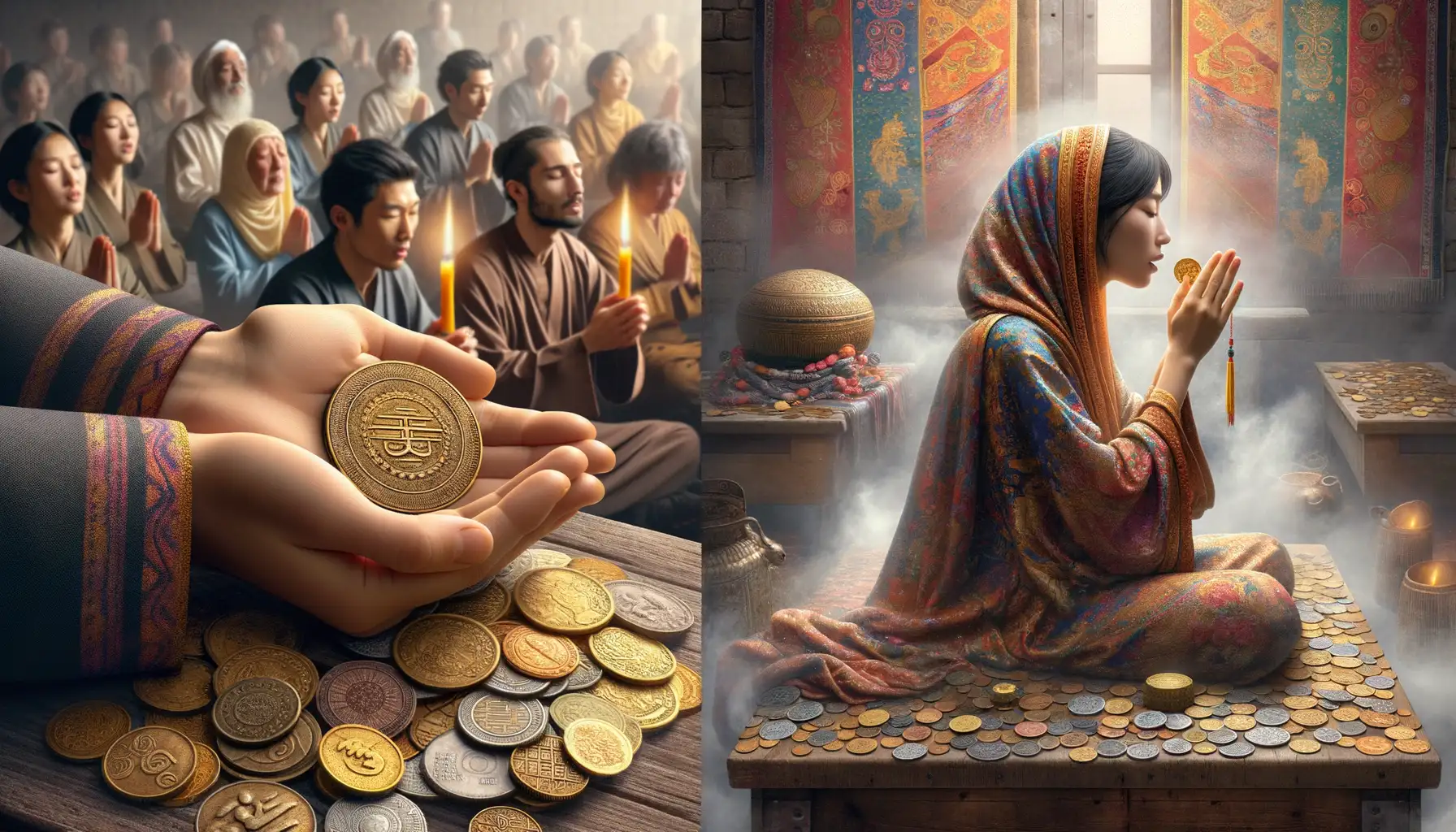
Infusing Spirituality into Everyday Actions with Coins
Coins, those small and unassuming objects in our pockets, have found vibrant roles in contemporary spiritual practices. Modern rituals breathe new life into coins, making them symbols of intention, gratitude, and connection to the divine. Who would’ve thought a coin could be more than just loose change?
One cherished practice is the use of coins in manifestation rituals. Imagine writing your dreams and aspirations on a piece of paper, anchoring that vision by placing a coin on top. Some believe this act transforms the coin into an energetic magnet, drawing opportunities into your life.
For others, coins are deeply tied to acts of gratitude. After meditating or saying a prayer, believers might place a coin in a jar or at a sacred altar, symbolizing an offering back to the universe. A single coin, so simple, can represent a mountain of thanks.
- Ancestral connections: Leaving coins on gravestones as a sign of respect or remembrance.
- Energy clearing: Passing coins through sage smoke or saltwater to absorb negativity before gifting them to another as a blessing.
Modern spirituality teaches us that no object, no matter how mundane, is without meaning. Even the smallest things—like spare change—can hold extraordinary power.
The Spiritual and Economic Impacts of Coin Offerings
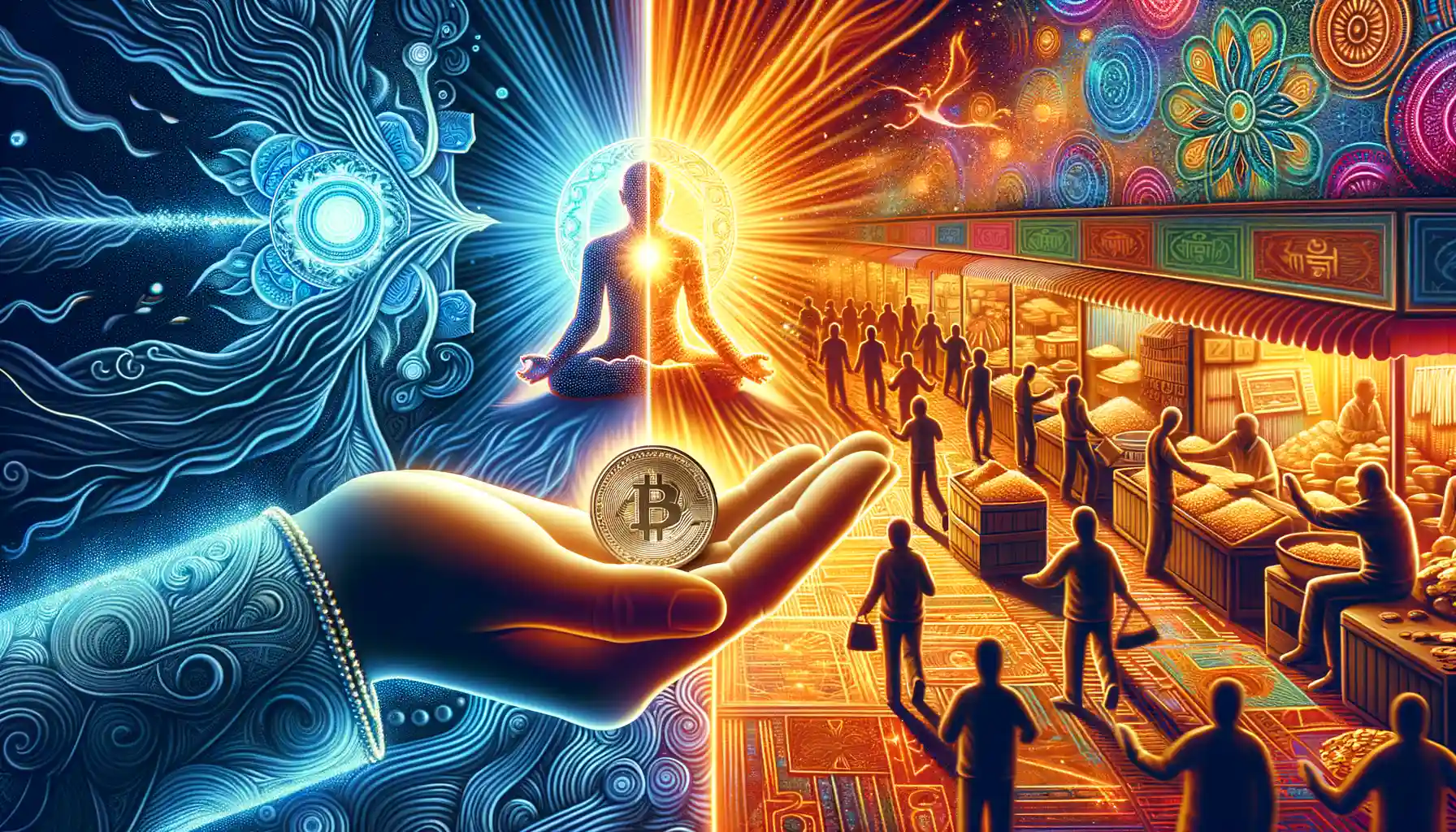
The Invisible Threads of Spiritual Connection
Have you ever tossed a coin into a fountain, closed your eyes tightly, and whispered a wish? That singular moment connects you to traditions spanning centuries. In many spiritual practices, offering coins isn’t just about the monetary value—it’s about creating a tangible link to the intangible. Coins become vessels, carrying prayers, gratitude, or even silent desperation.
In Hindu temples, for instance, devotees might drop shiny modern rupees into brass donation boxes as a sign of surrender to divine will. Meanwhile, in Christian churches, offerings in the collection plate symbolize not only faith but also trust in a higher plan to provide. These rituals invite people to step outside of their own worries and into something bigger—something sacred.
Think about it: A single coin might represent someone’s belief in miracles or even a sacrifice of their last cent. Yet, this small act binds them spiritually to communities worldwide, past and present. It’s anything but ordinary.
Coins: Bridges Between Faith and Finances
Interestingly, the interplay between coins and economics doesn’t stop at the spiritual threshold. Many sacred institutions rely on these offerings to sustain themselves and fund activities that ripple far beyond their walls. Consider how:
- Temple donations help preserve ancient architecture, keeping cultural identity alive for future generations.
- Church funds often support charity work, from feeding the homeless to disaster relief programs.
- Even smaller shrines use small offerings to keep their doors open to pilgrims seeking solace.
In essence, every coin dropped reverberates through systems both spiritual and financial. It’s a synergy of faith and reality—a balance of what we give and what we hope to receive.




